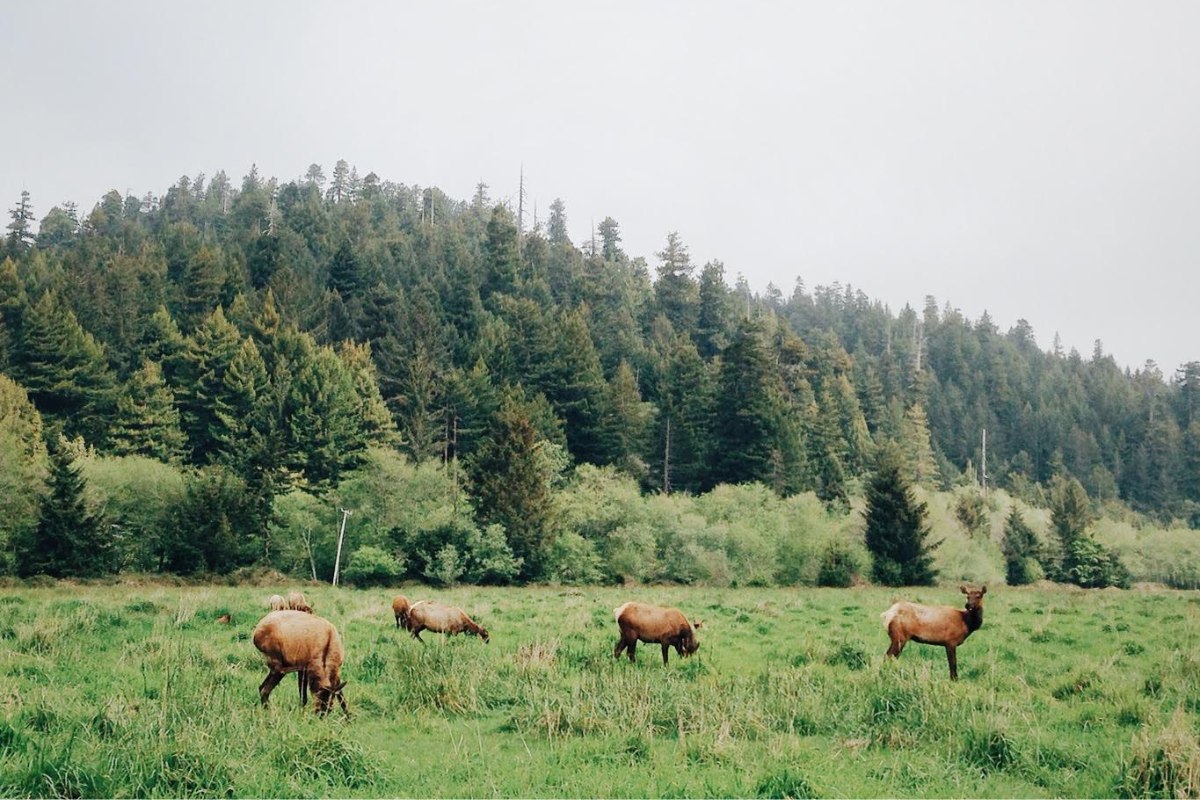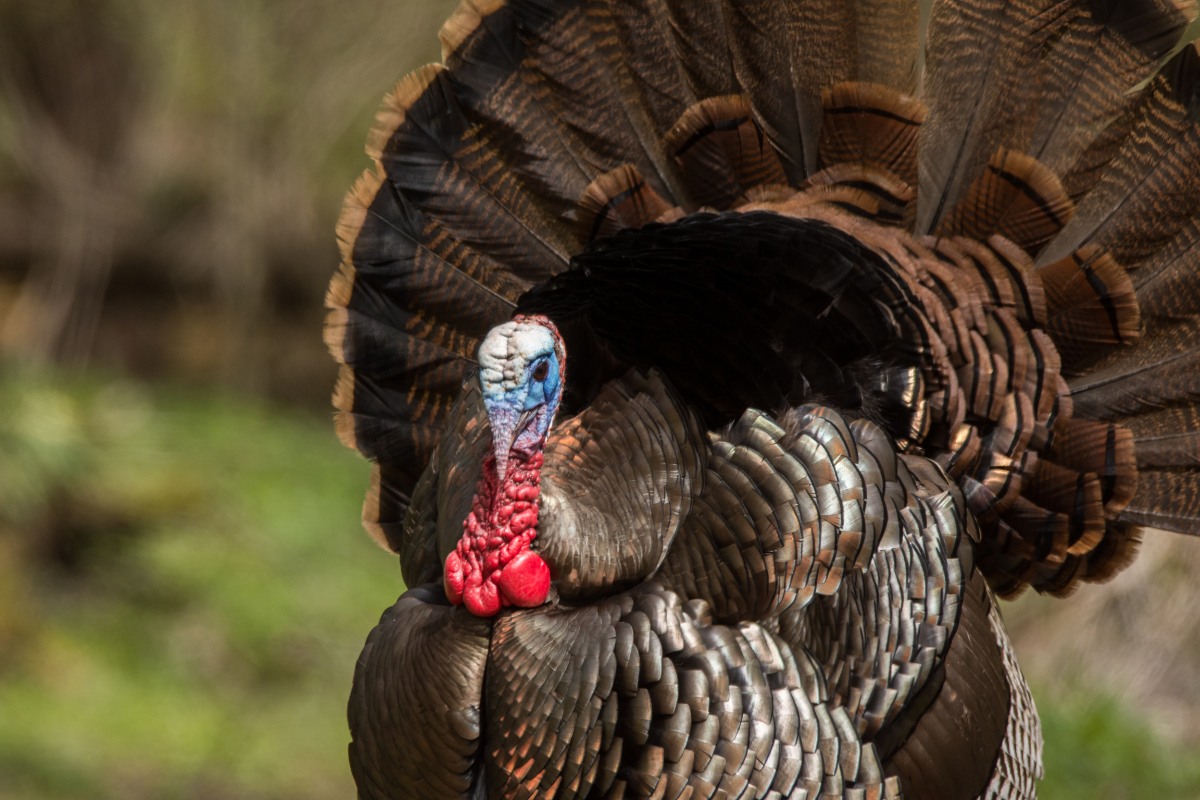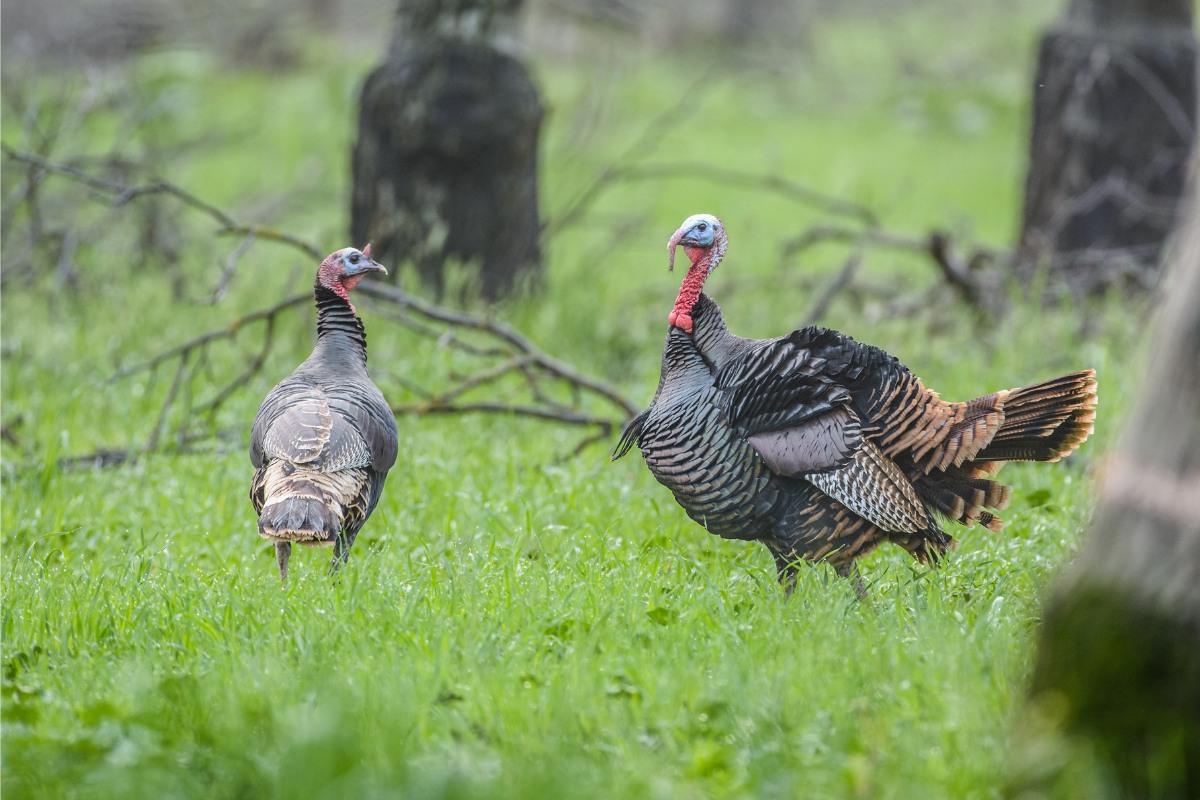It won’t stop itching! Poison Ivy or Toxicodendron radicans is a menacing vine that can go unnoticed while afield but show up with a vengeance when you get home or back to camp. Learning how to identify and avoid this plant will help you enjoy your hunt, hike, or other outdoor activity without the severe skin irritation that can potentially land you in the doctor’s office.
What Is Poison Ivy
Poison Ivy is a fast-growing vine that can be seen entangled among the leaf litter as a ground cover, weaving through understory trees and shrubs or climbing into the canopy of the tallest trees. It is found throughout North America’s woodlands, fence rows, fields, roadsides, creek bottoms, you name it. It is a very tolerant plant of poor soils and growing conditions, often making it the first to colonize a newly disturbed area, such as a cut bank along a highway. It thrives in sunny edges along treelines but can overtake an entire field.
Identification
Identification of this plant can be very simple if you remember this one little saying: “Leaves of three, let it be.” This woody vine will eagerly climb trees and shrubs in search of sunlight and sprout compound leaves consisting of three leaflets. Each leaflet is oval in shape, measures between 2-4″ in length with smooth edges, and often has a glossy appearance. The leaves will darken with maturity and turn a beautiful red in the fall. A pleasant characteristic for an otherwise nasty plant. Poison Ivy is not to be confused with Virginia Creeper, another common vine found in the same habitats. Virginia Creeper is not toxic and sports compound leaves with 5 serrated leaflets. It also produces a beautiful red fall color and is often used in the landscape industry.
The poison ivy vine produces tendril-like hairs that cling tightly to vertical objects such as tree trunks, lattices, building walls, etc. These ‘hairs” are or can be orange to rusty-red in color. Although they are most commonly found with a lesser diameter of around 1/4.”, vines over 2″ in diameter are also seen, which requires the use of a chainsaw to cut from the sides of trees.
Poison Ivy is a dioecious plant, meaning “two houses” or there is a female and a male plant. Flowering occurs in late spring or early summer, usually around May or June. The flowers are rather inconspicuous in small white to yellow-white clusters. The seeds are dispersed by birds or the plant can reproduce vegetatively.
Medical Concerns
The most common reaction is an irritation of the skin from the oils found in all parts of the plant, which results in a red rash. The severity of the rash can range from a minor redness, small raised bumps with mild itching, to a severe rash with blisters and an unbearable itch. Exposure to the face can lead to puffy or swollen eyes (sometimes shut) and irritation to the mouth and throat. Inhaled smoke from brush fires where poison ivy is being burned, either intentionally or by accident, can often lead to severe internal reactions.
The severity is also influenced by the victim’s sensitivity to the toxins within the plant’s oils. Some people seem to catch it simply by looking at the plant for too long, and they always need an antihistamine shot to control the reaction. On the other hand, some people are virtually immune. They rarely produce a reaction unless smoke is inhaled or there is continuous and prolonged exposure. Even then, the reaction could be very mild.
Treatment
Treatment is usually simple unless you are having a severe reaction, in which case you should always consult your doctor. Over-the-counter remedies typically treat the symptoms and eliminate the itch while the toxin runs its course and you naturally overcome the irritant. Anti-itch creams, antihistamine ointments, calamine lotions, and allergy pills are common treatments.
Home remedies that are reputed to “clear it up in a flash” include bleach (not recommended), vinegar, chlorinated water (swimming pool), alcohol, and baking soda. Thoroughly washing the area immediately after exposure with soap or alcohol is recommended but usually not feasible, and when done, it does not completely prevent the irritation.
Eradication
Eradication is nearly impossible because you must remove the vine and all the roots. Always wear protective clothing, including closed shoes, long pants, a long-sleeved shirt, and most importantly, leather gloves. Woven or cotton gloves may allow the oils to penetrate and come into contact with your skin. Cut and pull vines from trees and shrubs, and be careful to avoid any contact with exposed skin.
For particularly large vines in trees, this may be impossible because of the strength in which the vine’s hair-like roots cling to the tree. In this case, saw or chop the vine at the base of the tree and remove the portion from the ground. The remaining vine in the tree will wilt and die quickly. Remember that the irritating oils can be found in the wood pulp, so be especially careful to keep sawdust and wood chips out of your face and eyes. For ground-growing vines, rake and pull all sections of vines and the roots. Broken portions of the vine may re-root and survive as a continuing nuisance. This process will require frequent repetition to get and maintain control.
Hardware stores sell an herbicide specifically designed to target poison ivy in your yard, but with disappointing results. It killed the current visible growth but not the plant itself. Several applications did not prove to be as efficient as a more “hands-on” approach.
Poison Ivy is a tough plant to get rid of and can be a major health hazard to anyone particularly sensitive to its toxins. We hope you can use this information to identify and avoid exposure or to reduce the aggravation of your recovery.








